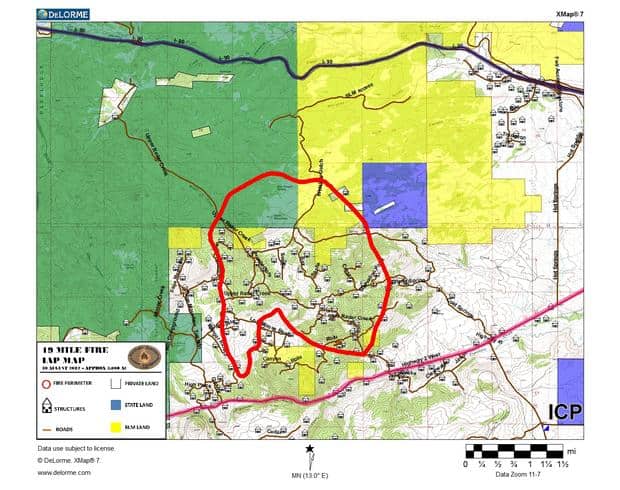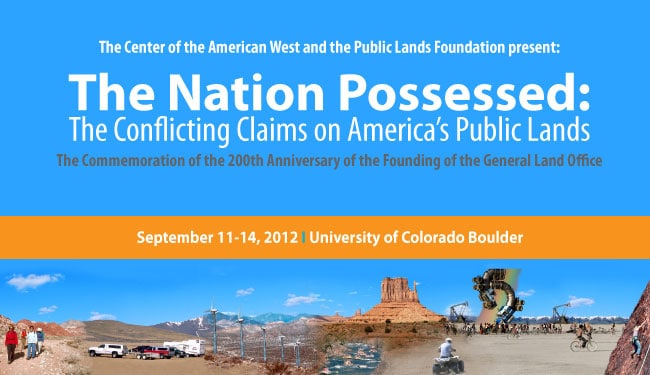Ran across this in Roger Pielke, Jr.’s blog, here. He linked to a paper by Haldane and Madouros at the Jackson Hole Economic Policy Symposium. Here is the link to that paper and an excerpt below, but check out Roger’s summary, or the original paper or both. Does this remind you of planning? Fire suppression?
(e) Complex rules and defensive behaviour
There is a final, related but distinct, rationale for simple over complex rules. Complex rules may cause
people to manage to the rules, for fear of falling foul of them. They may induce people to act defensively,
focussing on the small print at the expense of the bigger picture.
Studies of the behaviour of doctors illustrate this pattern (Gigerenzer and Kurzenhäuser (2005)). Fearing
misdiagnosis, perhaps litigation, doctors are prone to tick the boxes. That may mean over-diagnosing drugs
or over-submitting patients to hospital. Both are defensive actions, reducing risks to the doctor. But both are
a potential health hazard to the patient. For example, submitting patients to hospital increases significantly
their risk of secondary infection. Hospitals are, after all, full of sick people.
Doctors unencumbered by a complex rulebook will have fewer incentives to act defensively. They may also
be better able to form their own independent judgements when diagnosing medical problems, using their
accumulated experience. That ought to more closely align a doctor’s risk incentives with their patient’s. The
same is likely to be true of other professions, from lawyers to policemen to bank supervisors.
Of course, simple rules are not costless. They place a heavy reliance on the judgement of the decisionmaker,
on picking appropriate heuristics. Here, a key ingredient is the decision-maker’s level of experience,
since heuristics are learned behaviours honed by experience. A dog will outperform a puppy at frisbeecatching
because it has had time to fine-tune its “gaze heuristic”. An expert baseball player or cricketer will
outperform a novice sportsman for the same reason. So too will an experienced doctor or detective or fund
manager or shopkeeper.
And from Roger:
A focus on simple vs. complex analyses and decisions that are based on heuristics rather than optimization runs counter to the grain of conventional wisdom across many areas, from financial regulation to environmental protection.
One important point to note is that their paper uses two conflicting definitions of “uncertainty.” One definition of uncertainty is equivalent to “risk” or the odds of a particular outcome from a known distribution of outcomes. If I bet $1,000 that the next roll of a die will turn up 6, I am taking a risk on an uncertain outcome. A second definition of uncertainty (“Knightian uncertainty”) is equivalent to what I typically call “ignorance” following from the work of John Maynard Keynes, as discussed in The Honest Broker. These two definitions are obviously not referring to the same concept, and thus are subject to confusion unless care in taken in the interpretation. (I discuss uncertainty-as-ignorance at length in this recent paper in PDF).
Academics and policy makers typically like to focus on uncertainty-as-risk rather than uncertainty-as-ignorance as the former is more readily subject to easy quantification and manipulation. This focus reinforces the values of academia (where physics-envy runs rampant through the social sciences) and the desire of politicians to make concrete-looking claims backed by authoritative-sounding expertise. The result can be to create a zone of ignorance surrounding our decisions. Not surprisingly, bad decisions can result.
I was thinking of climate change strategies and also appreciated EO’s comment #12:
Decision making is a process. Before I retired I had to do a lot of decision making under uncertainty. The golden rule is ” The correctness of decision made under uncertainty is uncertain”. The first commandment is: Dont get emotional, dogmatic of the decision made under uncertainty. It could be wrong. Second commandment: keep an open mind, listen to critics, and other views because they might be right and be prepared to modify and even make a complete U turn or abandon a decision as more facts are available and uncertainty is reduced.
Third-keep enough reserve that if required to modify or alter the decision there are enough resources to work. Fourth commandment- hedge or take insurance on such that if the decision turns out to be a complete failure, you could start again. Fifth commandment- execute the decision with a political will and with confidence that the correct decision has been made. The decision could be correct but it will fail because of lack of confidence








